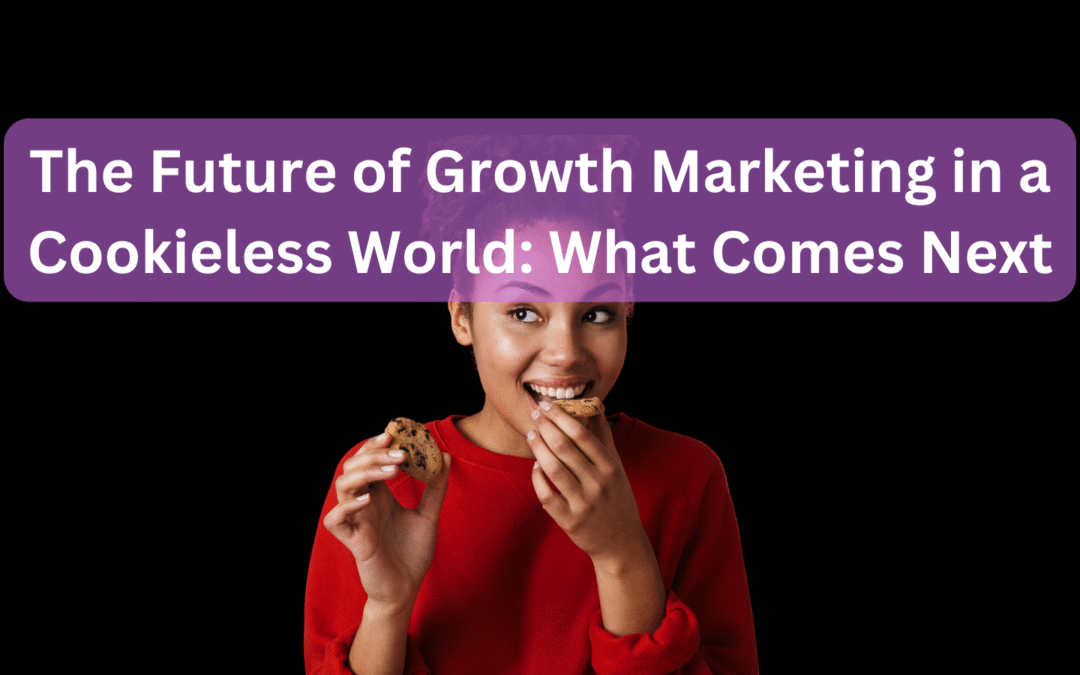Why the End of Third-Party Cookies Is a Turning Point for Growth Marketing 🌐
For years, growth marketers relied heavily on third-party cookies to track behavior, retarget users, and personalize campaigns. But with browser changes, privacy laws like GDPR, and increasing user awareness, we’re entering a cookieless future—one that demands a new playbook for scalable marketing.
First-Party Data Becomes the New Currency of Cookieless Growth 💾
With cookies fading out, first-party data takes center stage. Brands that own and activate data from emails, product interactions, and subscriptions will gain an edge. Building trust and value through content, communities, and opt-in experiences is now a core growth marketing strategy.
The Rise of Server-Side Tracking and Privacy-First Analytics 📊
Traditional tracking pixels are no longer enough. Growth marketers must adopt server-side tagging (via tools like Google Tag Server or Segment) and analytics platforms that comply with modern privacy standards. This ensures accurate attribution while respecting user consent.
Contextual Targeting Replaces Behavioral Tracking in Digital Advertising 🧠
Instead of relying on user history, contextual advertising targets based on the content being consumed. For growth campaigns, this means better alignment with user intent—without infringing on privacy. AI-powered contextual platforms are reshaping how we reach high-intent audiences.
Customer Data Platforms (CDPs) Will Power Smarter Growth Campaigns ⚙️
To survive in a cookieless digital world, marketers need to unify data across touchpoints. CDPs like Segment, Bloomreach, or RudderStack help consolidate user profiles for personalization, segmentation, and lifecycle marketing.
Retention, Not Just Acquisition, Becomes the Growth Lever 🧲
Without hyper-targeted ads, retention marketing gains importance. Email, in-app messaging, and loyalty programs drive repeat behavior and maximize customer LTV. Growth shifts from capturing to nurturing.
Creative Becomes the New Performance Engine in Paid Growth 🎨
As tracking fades, creative quality becomes the key to performance. Storytelling, design, and emotional hooks drive engagement. Growth marketers will focus more on ad content, testing concepts, and building trust at first touch.
Predictive Modeling and Zero-Party Data for Smarter User Targeting 🔮
Zero-party data—information users willingly share—paired with predictive analytics, helps fill the cookie gap. Smart quizzes, onboarding forms, and preference centers give growth teams the signals they need to personalize without surveillance.
FAQ ❓
What does cookieless mean for growth marketing?
It means losing access to third-party tracking and needing to rely more on first-party data, server-side tracking, and contextual targeting.
How can I prepare my growth strategy for a cookieless world?
Focus on first-party data collection, adopt privacy-first analytics, improve creative strategy, and invest in retention and lifecycle marketing.
Is personalization still possible without cookies?
Yes—through zero-party data, CDPs, and predictive modeling, personalization remains viable and even more user-respectful.
Are retargeting ads dead in a cookieless world?
Not entirely, but they’ll be less accurate. Retargeting will evolve using logged-in data, email hashes, and CRM integrations instead of third-party cookies.

AUTHOR
Tomasz Jóźwiak
Growth Marketing Strategist | Founder at Webomo
I'm Tomasz Jóźwiak, a growth marketing strategist and the founder of Webomo. Over the past decade, I’ve helped startups, scale-ups, and established brands drive measurable growth through full-funnel strategies, performance marketing, and conversion optimization.
I believe in data-driven experimentation, fast execution, and full transparency—because real growth is about more than just vanity metrics.
👉 Let’s connect on LinkedIn or check out Webomo’s growth marketing work.

Fueling Growth with Strategy
Questions?
Ask any question about identifying new growth opportunities for your company.
